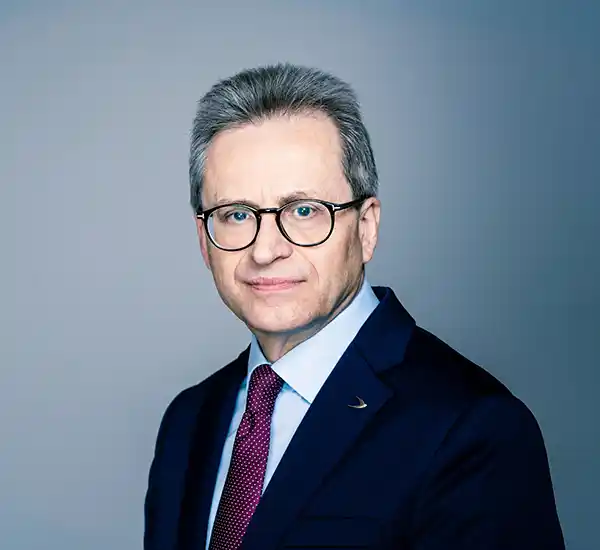Customer needs
With the growing volume of fertilizer production, Grupa Azoty is facing a significant increase in the consumption of process water, which will further increase after the construction of the new chemical complex Polimery Police for the production of propylene and polypropylene is completed.
The previous water treatment plant based on ion exchange technology (IEX) was already outdated and could not produce the required amount of water. Even the addition of a mobile reverse osmosis (RO) unit to the treatment plant did not solve this problem.
In addition, there has been a significant increase in the salinity of the Odra River at the abstraction point due to the works on the new sea channel, which has been reflected in the widening of the riverbed. The increase in salinity of the input water resulted in a reduced quality of the RO permeate, which caused an increase in the consumption of chemicals (H2SO4, NaOH) for the regeneration of the IEX columns. This further led to reduced process water availability and high waste production.
The economics of the treatment plant, burdened with these operating costs, was unbearable, and it was necessary to find a modern and at the same time cost-effective solution for the treatment of river water with a composition close to brackish water.






